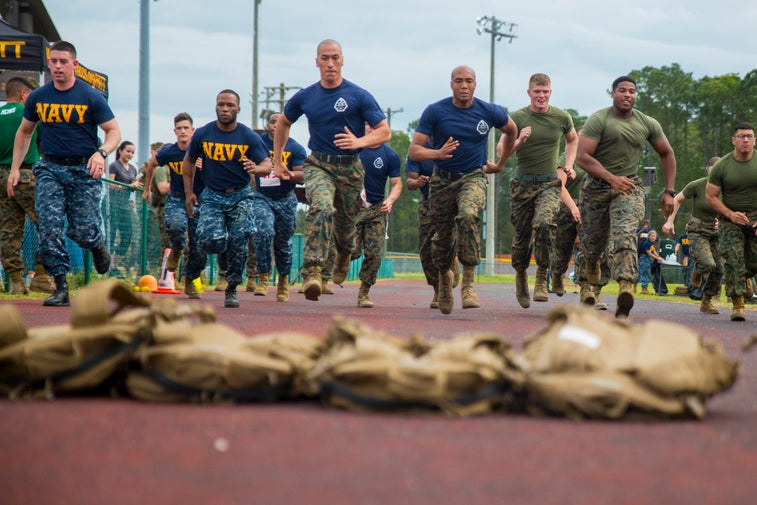
Sexual assault and harassment may continue to undermine the U.S. military unless the Department of Defense (DoD) takes bold steps such as hiring dedicated, well-trained prevention staff and revisiting the chain of command for reporting incidents, according to a new RAND Corporation report.
Despite a decade-long effort by the DoD to curb incidents of sexual assault and sexual harassment, there has been little improvement and rates appear to be trending upward—especially for female service members. The report estimates that 1 in 16 women in the military have experienced sexual assault and 1 in 4 have experienced sexual harassment. The prevalence among men is 1 in 143 for sexual assault and 1 in 16 for sexual harassment.
“The numbers underscore the significant challenges the DoD faces in combating these issues,” said Joie Acosta, a senior behavioral and social scientist at RAND and lead author of the report. “While some improvements have been made in prevention capabilities, the reality is that the DoD doesn’t have the organizational infrastructure in place to close the chasm between where they are and where they need to be.”
The report synthesizes years of empirical study undertaken by nonprofit, nonpartisan RAND to examine the challenges that have slowed or stagnated progress toward addressing sexual assault and sexual harassment.
Specifically, it focuses on prevention and reporting measures. Most incidents go unreported because of procedural issues—including a policy of addressing reports at the lowest level and a lack of centralized reporting systems—and cultural barriers—such as fear of retaliation and limited accountability on the part of commanders. These and other barriers reduce the potential that offenders will face consequences, weakening any deterrent effect.
Prevention is not a priority for many installations, with prevention efforts typically underresourced and undermanned. The authors point to a lack of leadership support for prevention activities and the lack of a dedicated, well-trained workforce. While service members undergo prevention training, it does not conform to best practices, isn’t comprehensive and is not administered by well-trained specialists.
“The scope of these problems goes beyond small adjustments,” Acosta said. “Only bold actions will help move the needle. Significant changes to the military’s prevention infrastructure, and doing more to hold perpetrators and leaders accountable, will help address these challenges and create a safer environment for service members.”
To improve reporting and accountability, the authors recommend revisiting the chain of command for reporting incidents. Creating multiple reporting channels, including confidential channels outside one’s chain of command, will help remove barriers and ensure a larger number of cases receive timely attention. They also recommend removing Equal Opportunity Advisors and Command Managed Equal Opportunity Managers from the same chain of command as victims and offenders to help build trust in the response system.
Other recommendations include reporting all cases of sexual harassment, tracking incidents of inappropriate behavior across service members’ careers, enacting immediate sanctions for low-level unprofessional conduct, and evaluating commanders partially based on how they manage incidents within their commands.
Deterrence is critical but cannot alone prevent sexual assault and sexual harassment because it fails to address the underlying issues that precede problem behaviors, according to the report. Thus, prevention efforts should be a critical component of the DoD’s approach. There should be trained and dedicated personnel to conduct and evaluate prevention activities, and leadership should be held accountable for allocating sufficient resources for sound prevention practices that incorporate best practices.
The DoD should also continually invest in new approaches for effective prevention and seek to eliminate risk factors that contribute to multiple problem behaviors. In addition, more research is needed to better understand and prevent sexual abuse against LGBTQ service members.
Finally, the authors recommend that the Office of the Secretary of Defense (OSD) should provide the support to institute these changes and hold the services accountable through audits and personnel records.
This report is a summary of RAND research and additional literature originally compiled to inform the work of the Independent Review Commission on Sexual Assault in the Military. It was sponsored by OSD and conducted within the Forces and Resources Policy Center of the RAND National Security Research Division.
Other authors of the report, Countering Sexual Assault and Sexual Harassment in the U.S. Military: Lessons from RAND Research, are Matthew Chinman and Amy Shearer.

